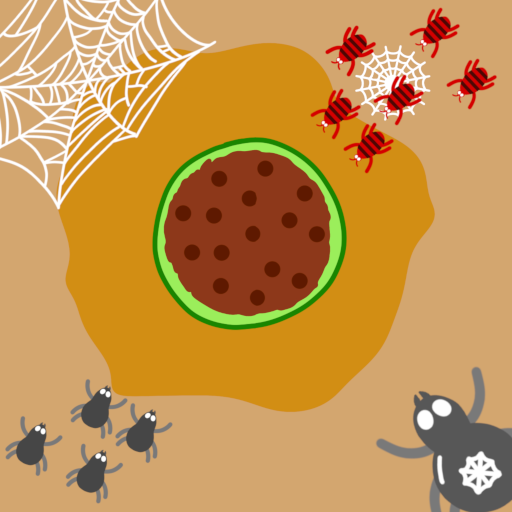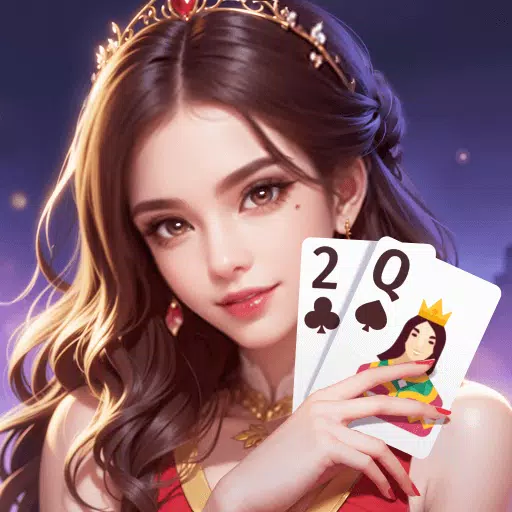Amazon Prime's animated adaptation of Robert Kirkman's Invincible has revitalized interest in the comic book series. Its blend of intense action, multifaceted characters, and morally gray narratives quickly garnered a devoted fanbase. However, translating such a vast and complex story to the screen necessitated changes, some subtle, others substantial. This analysis examines the key differences between the animated series and the comics, dissects the shortcomings of the third season, and explores the impact of these adaptations on the overall narrative.
Table of Contents ---
From Page to Screen: Key Differences Mark Grayson's Arc: Accelerated Growth Supporting Characters: Shifting Dynamics Antagonists: Streamlined Motivations Action Sequences: Enhanced Visual Spectacle Thematic Focus: Morality and Legacy Season 3 Critique: A Diminished Impact Repetitive Narratives: Familiar Ground Retreaded Cecil's Subplot: An Underwhelming Addition Action Sequences: A Loss of Intensity Slow Start: Delayed Momentum Adaptation and Innovation: Finding the Balance Reasons to Continue Watching (Spoiler Alert!)
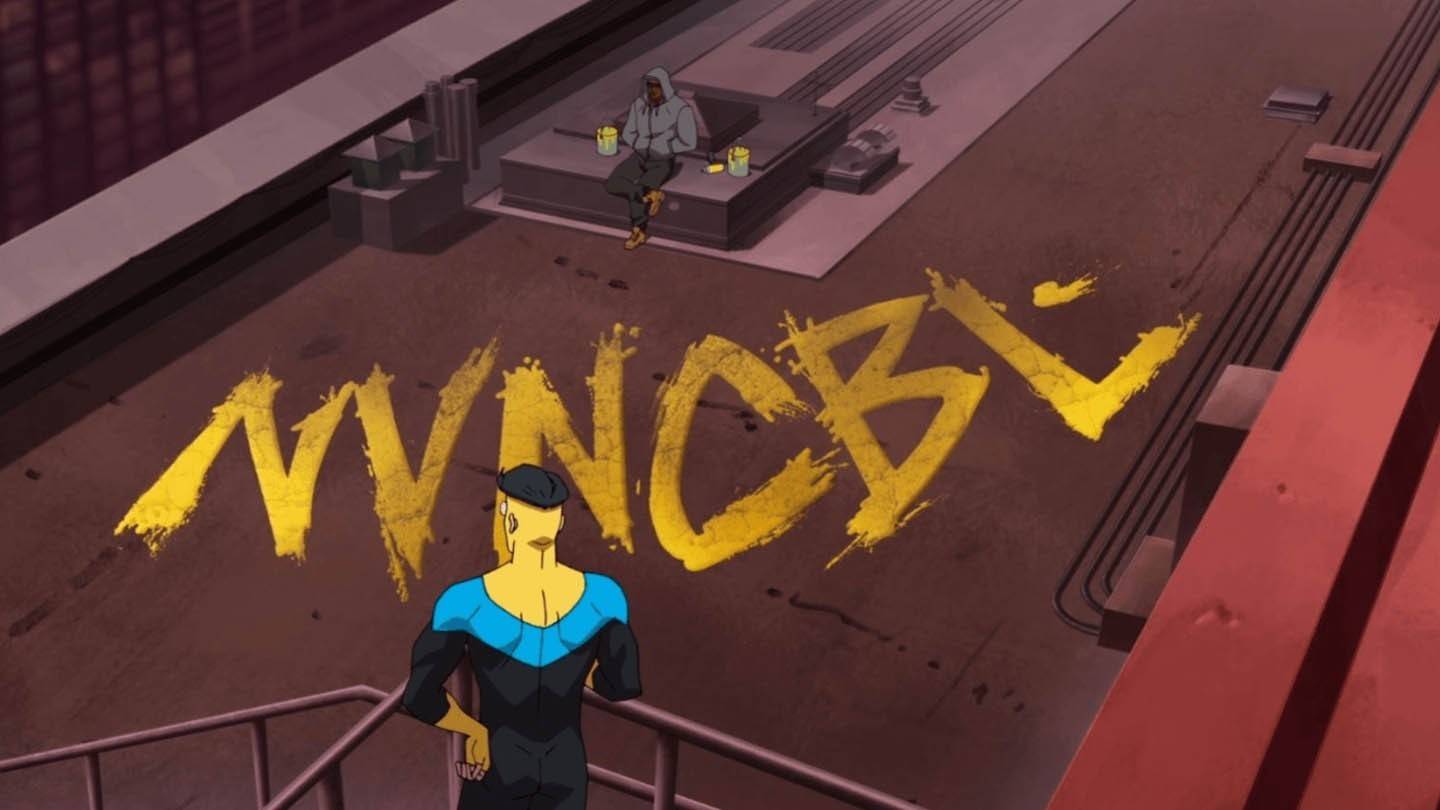 Image: amazon.com
Image: amazon.com
Mark Grayson's Arc: Accelerated Growth
A primary divergence lies in Mark Grayson's portrayal. The comics depict a gradual superhero transformation, showcasing his evolution from power discovery to grappling with the ethical dilemmas of heroism. This slow burn allows for a deeper exploration of his character arc. The animated series, conversely, compresses this journey, prioritizing plot urgency at the expense of nuanced character development. While engaging, this rapid progression may leave longtime fans feeling certain aspects of Mark's growth were rushed.
Supporting Characters: Shifting Dynamics
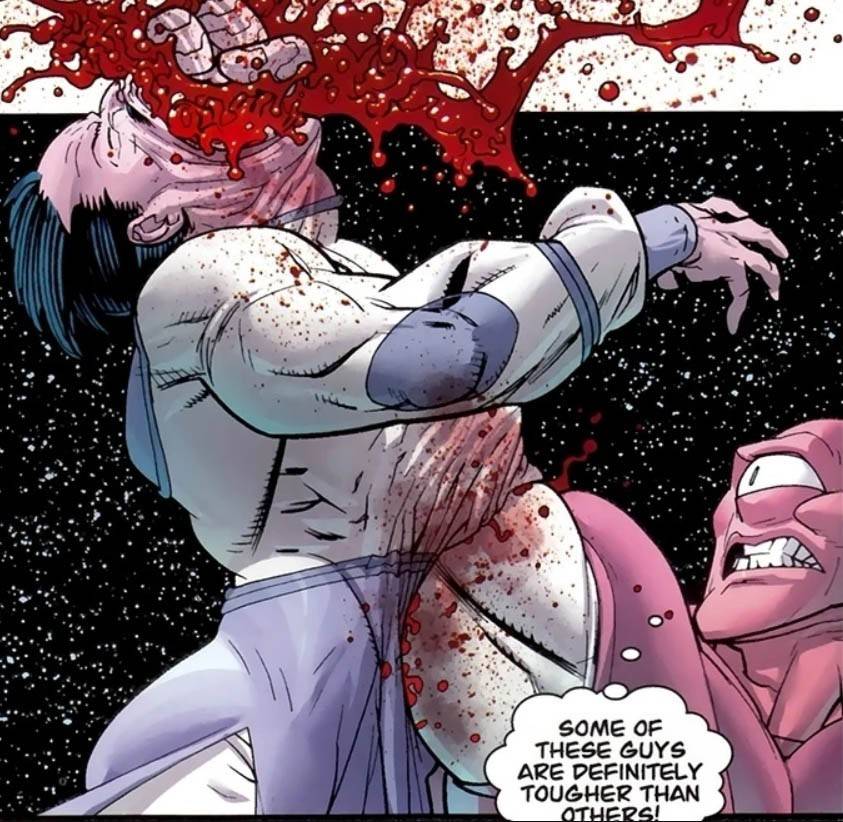 Image: amazon.com
Image: amazon.com
The supporting cast experiences significant shifts. Some characters gain prominence (Allen the Alien, for example, becomes more central, providing humor and context), while others are relegated to smaller roles (like Battle Beast). These adjustments reflect narrative streamlining choices.
Antagonists: Streamlined Motivations
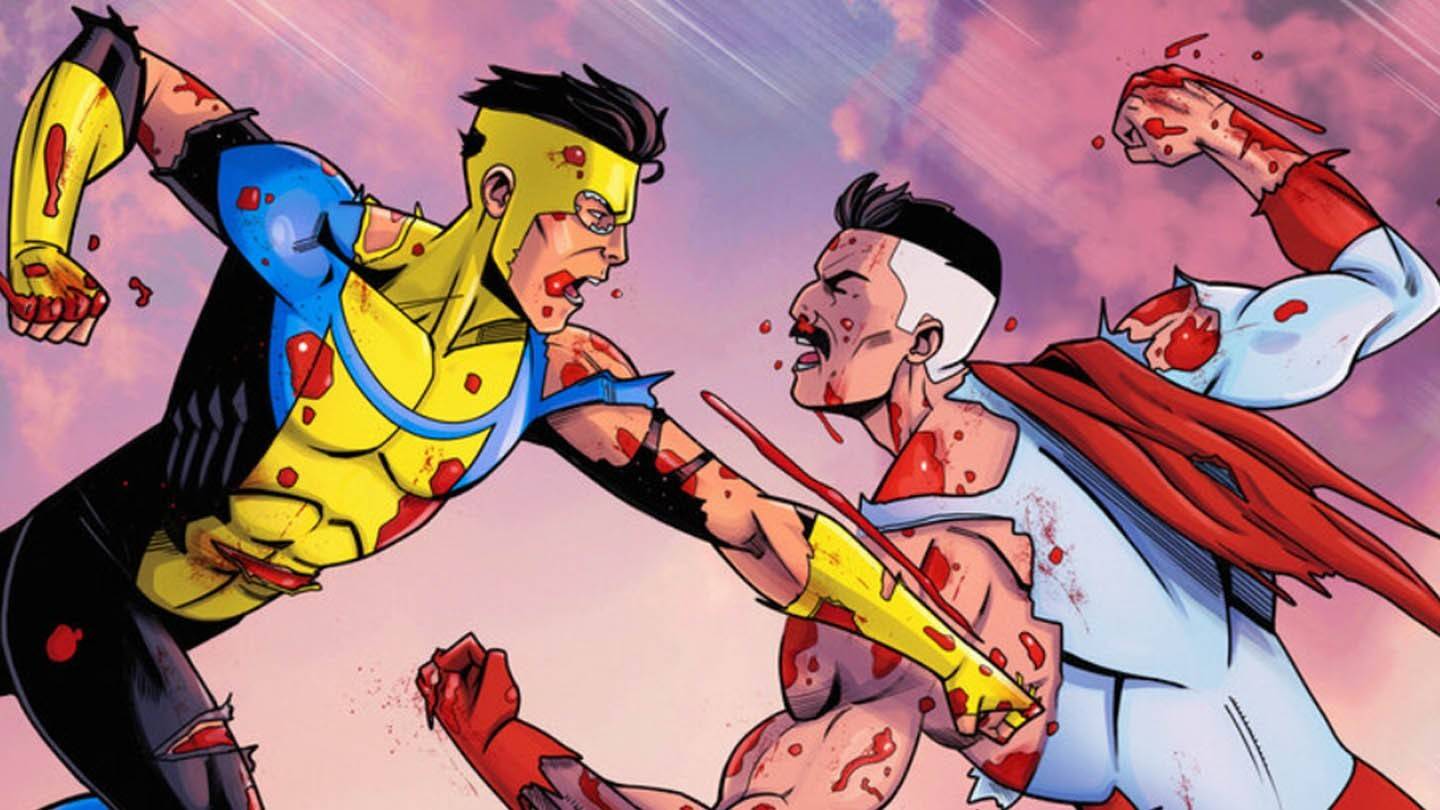 Image: amazon.com
Image: amazon.com
Villains like Conquest and the Shadow Council receive more complex treatment in the comics. The series simplifies their motivations for pacing, prioritizing high-stakes confrontations. This enhances accessibility but risks diminishing the antagonists' depth. Omni-Man's betrayal, for instance, feels more immediate in the series than the gradual descent depicted in the comics.
Action Sequences: Enhanced Visual Spectacle
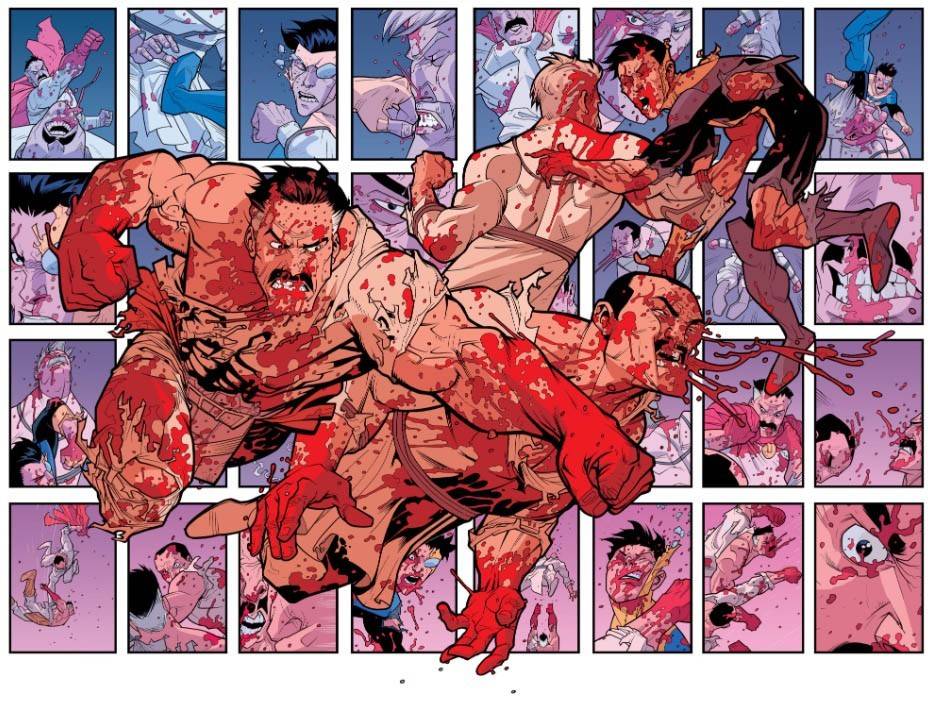 Image: amazon.com
Image: amazon.com
The animation excels in action sequences, utilizing dynamic choreography and special effects to create visually stunning battles. However, these sequences sometimes deviate from the comics, though generally enhancing the spectacle.
Thematic Focus: Morality and Legacy
 Image: amazon.com
Image: amazon.com
Thematic exploration differs. The series emphasizes morality, power, and legacy, reflecting the episodic format. Mark's struggle with his father's actions receives more screen time, while other philosophical themes are downplayed for narrative clarity.
Season 3 Critique: A Diminished Impact
Despite the acclaim of the first two seasons, Season 3 disappointed many.
Repetitive Narratives: Familiar Ground Retreaded
 Image: amazon.com
Image: amazon.com
Season 3 relies heavily on familiar tropes and storylines, lacking the surprising twists of previous seasons. Mark's internal conflict regarding his father's legacy, for example, feels repetitive.
Cecil's Subplot: An Underwhelming Addition
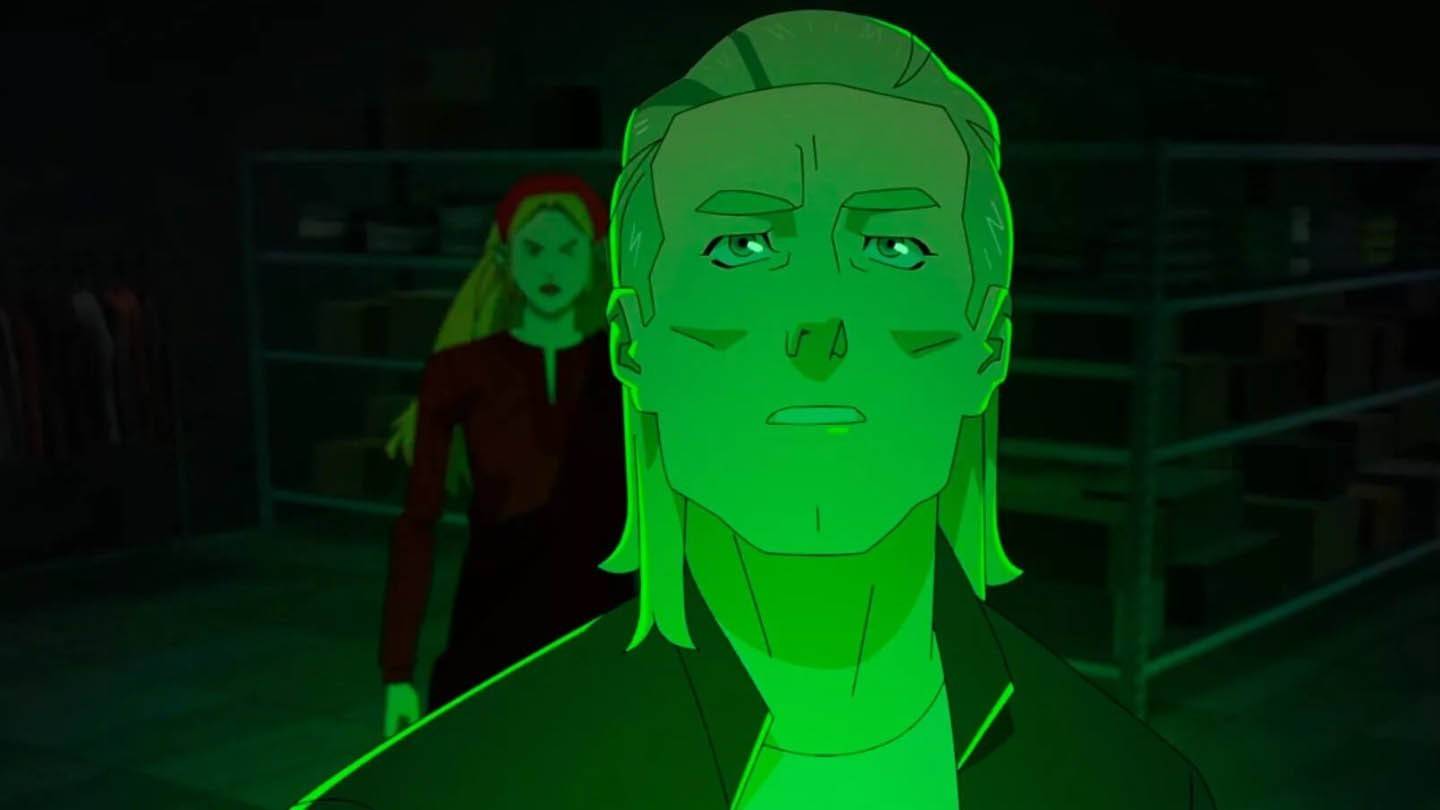 Image: amazon.com
Image: amazon.com
Cecil's subplot, while intriguing in concept, feels overly idealistic and disconnects from the series' overall tone of moral ambiguity.
Action Sequences: A Loss of Intensity
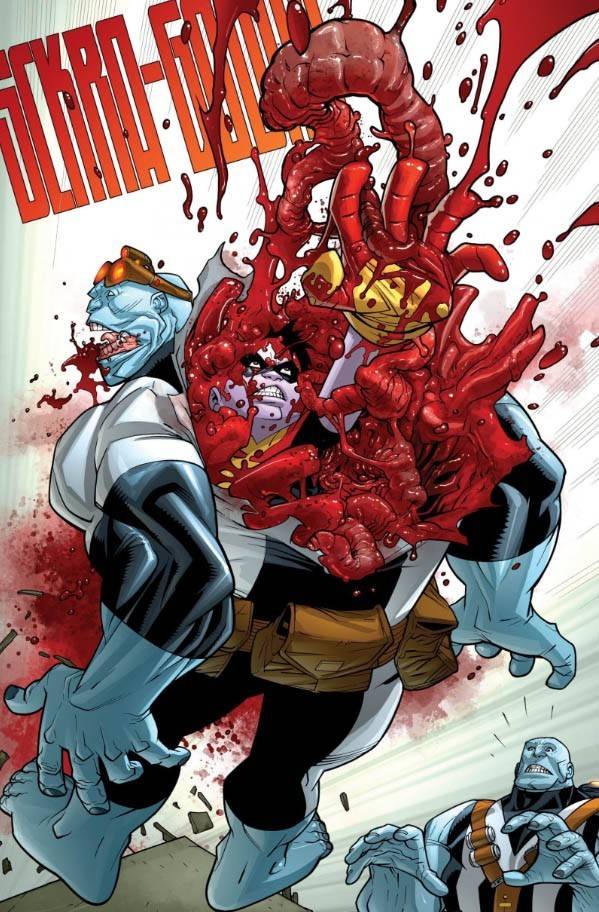 Image: amazon.com
Image: amazon.com
Even the action sequences, a previous highlight, lack the emotional impact of earlier seasons. The stakes feel lower, diminishing the excitement.
Slow Start: Delayed Momentum
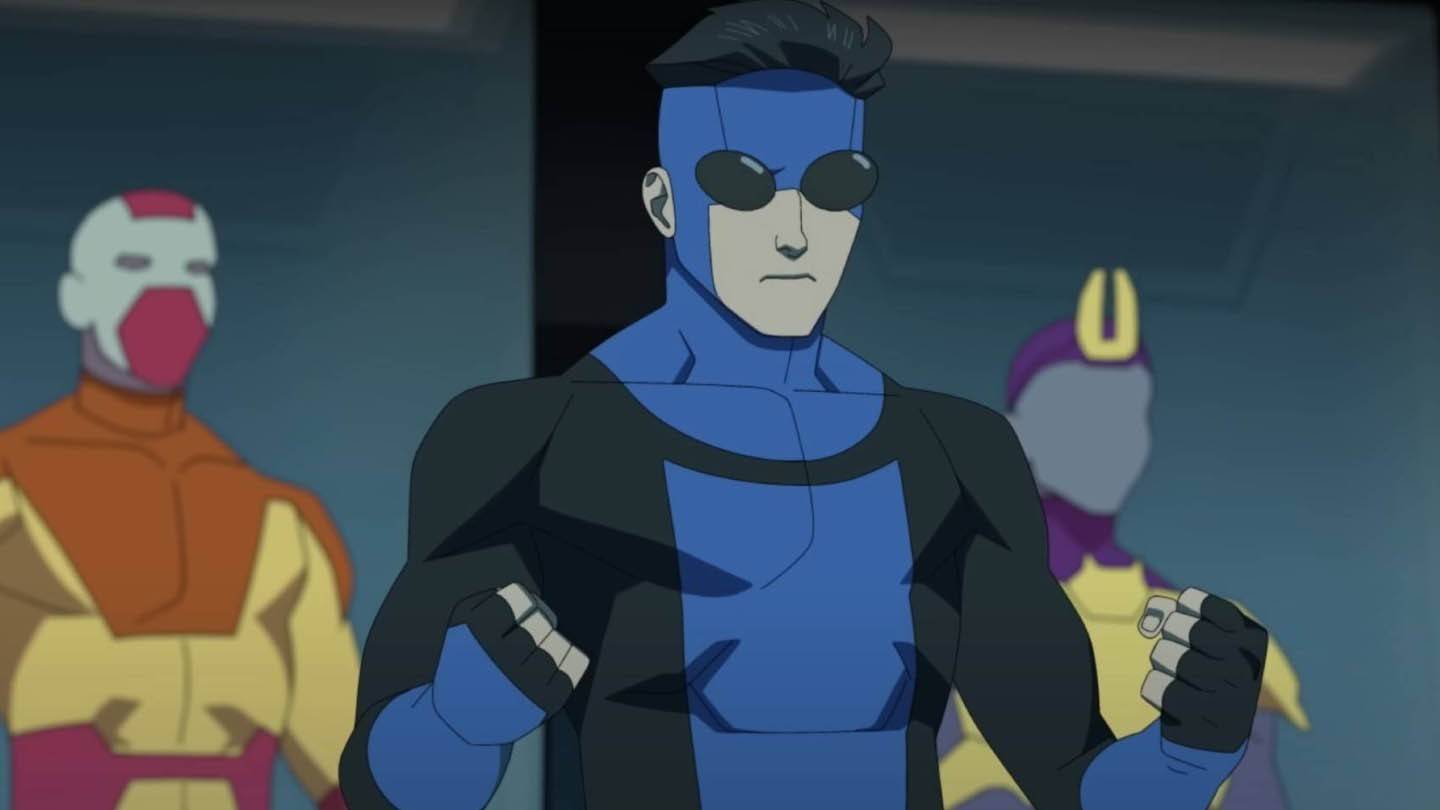 Image: amazon.com
Image: amazon.com
The season's slow start, with generic villains and threats, fails to build initial urgency.
Adaptation and Innovation: Finding the Balance
The Invincible series successfully captures the essence of the comics while adapting for television. However, Season 3 highlights the challenge of balancing adaptation and innovation. Relying too heavily on familiar tropes diminishes the impact.
 Image: amazon.com
Image: amazon.com
Reasons to Continue Watching (Spoiler Alert!)
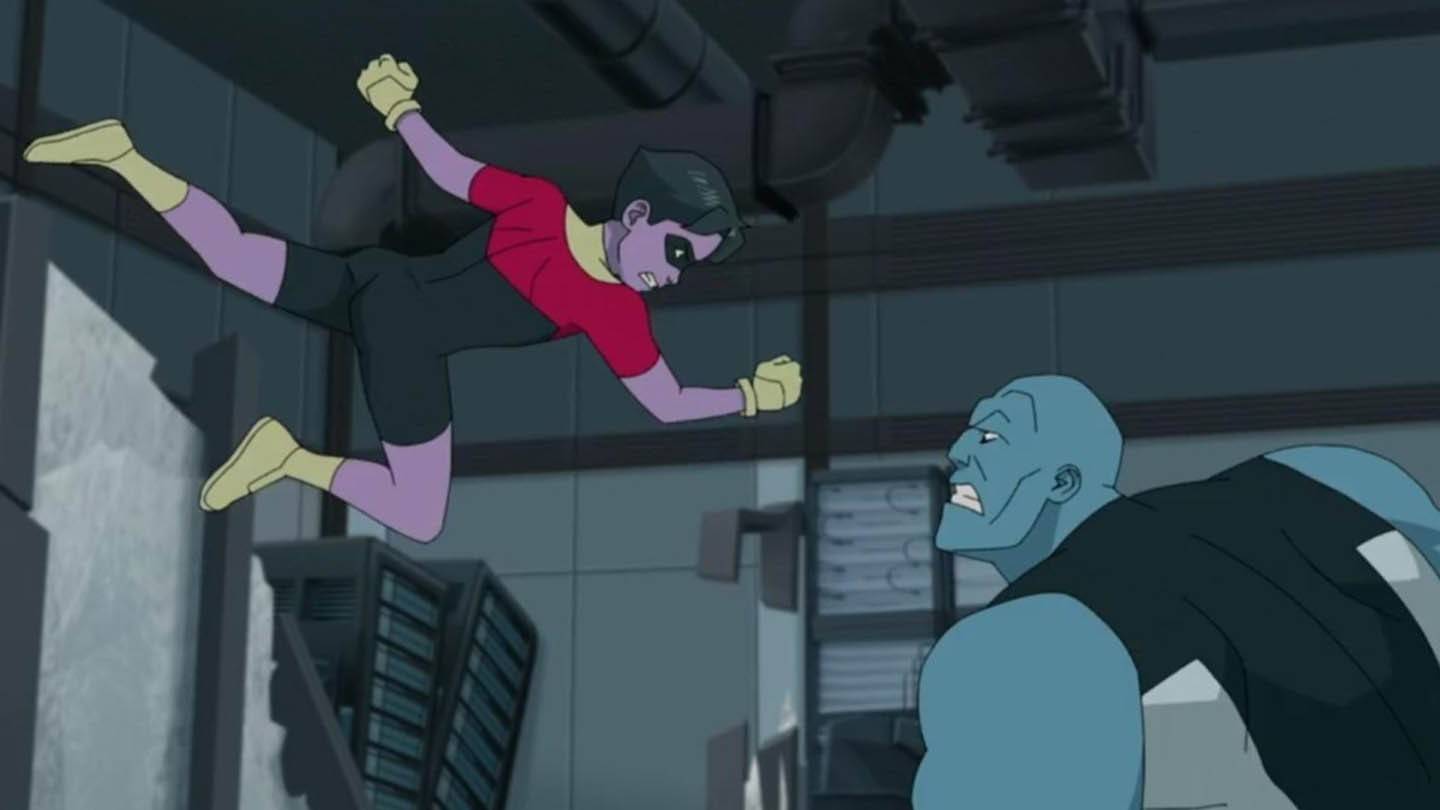 Image: amazon.com
Image: amazon.com
Despite its flaws, Invincible remains visually impressive and engaging. However, the same level of excitement as the first two seasons is absent. The future remains uncertain, especially given the limitations of adapting a completed work.

